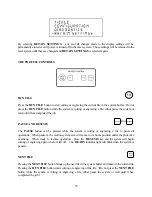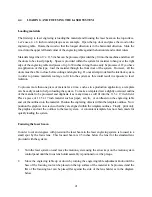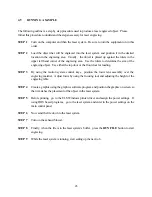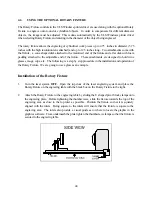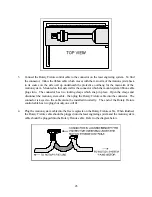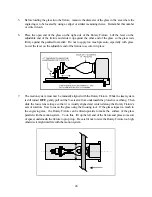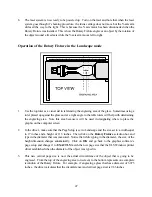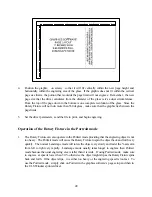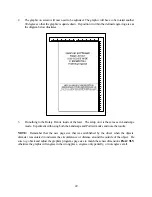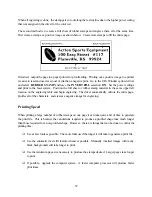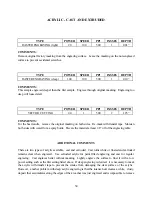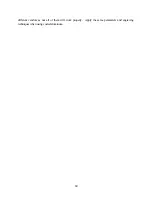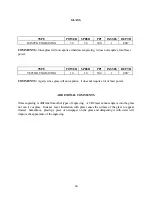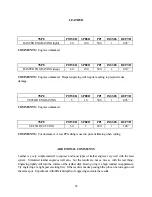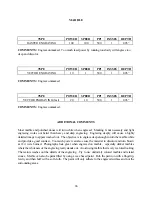
53
4.8
START UP PARAMETERS FOR VARIOUS MATERIALS
This section provides driver settings and helpful hints to get started engraving and/or cutting various
materials. These settings are to serve as a starting point and are not necessarily optimized for each
particular application. There are many variables that can affect the cutting and engraving process such
as differences in the thickness of the material, density of the material, composition of the material, and
the manufacturing processes used to make the material. Please use these settings as a guideline, in most
cases these settings should work out well, but sometimes may have to be adjusted to produce desirable
results.
In compiling these settings, all samples were run with the fill spacing set at
2
and the
HIGH
RESOLUTION
switch in the driver turned
ON
(except were otherwise noted). When using a larger
fill spacing in order to achieve greater engraving speeds, remember that the resolution will be reduced
which in turn will reduce quality and depth. In order to compensate for lower resolution settings (larger
fill spacing), lower the speed and/or increase the power to achieve the same depth.
Below is a list of the various materials that were tested. The following pages will fully describe the
results of these tests and will offer helpful hints when choosing materials, setting parameters, and using
different techniques to provide the best laser cutting and engraving results.
ACRYLIC - CAST AND EXTRUDED
ACRYLIC - MIRRORED
ALUMINUM - ANODIZED
BRASS - COATED
CORIAN OR AVONITE
CORK
GLASS
LEATHER
MARBLE
MAT BOARD
MELAMINE - PHOTO/CLIPART ENGRAVING
MELAMINE - STANDARD ENGRAVING
PLASTIC - ENGRAVERS
RUBBER STAMPS
VINYL - SIGN
WOOD - FINISHED WALNUT
WOOD INLAY - VENEERS
Содержание ULS-25
Страница 3: ...3 APPENDIX E SOFTWARE ANOMALIES E...
Страница 14: ...14 Sample Exhaust System Layouts...
Страница 62: ...62...
Страница 82: ...A APPENDIX A WARRANTY...

